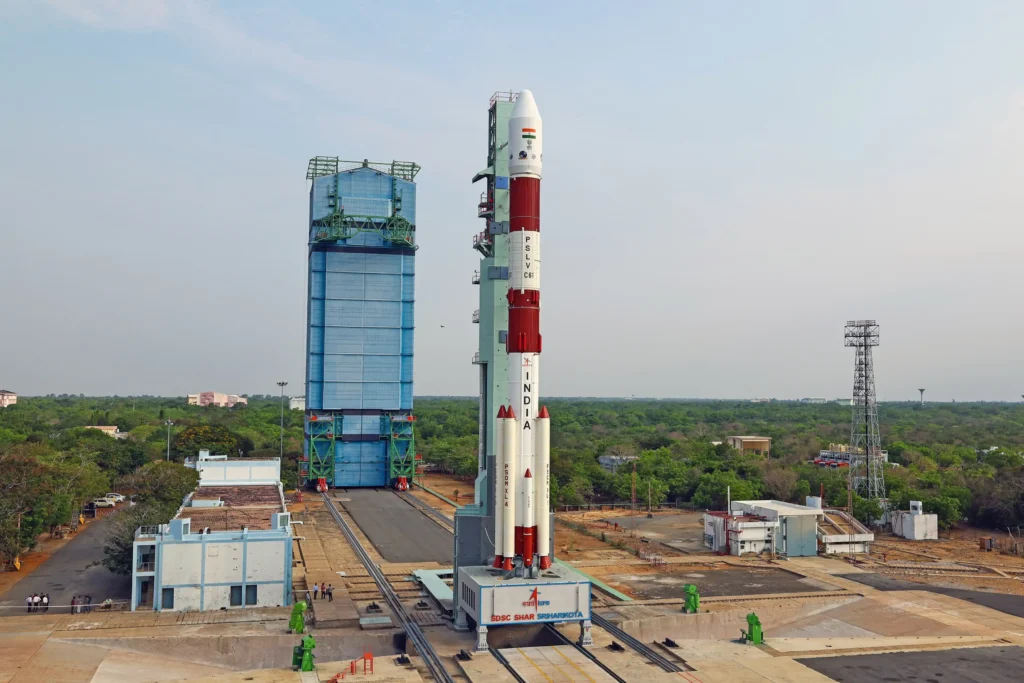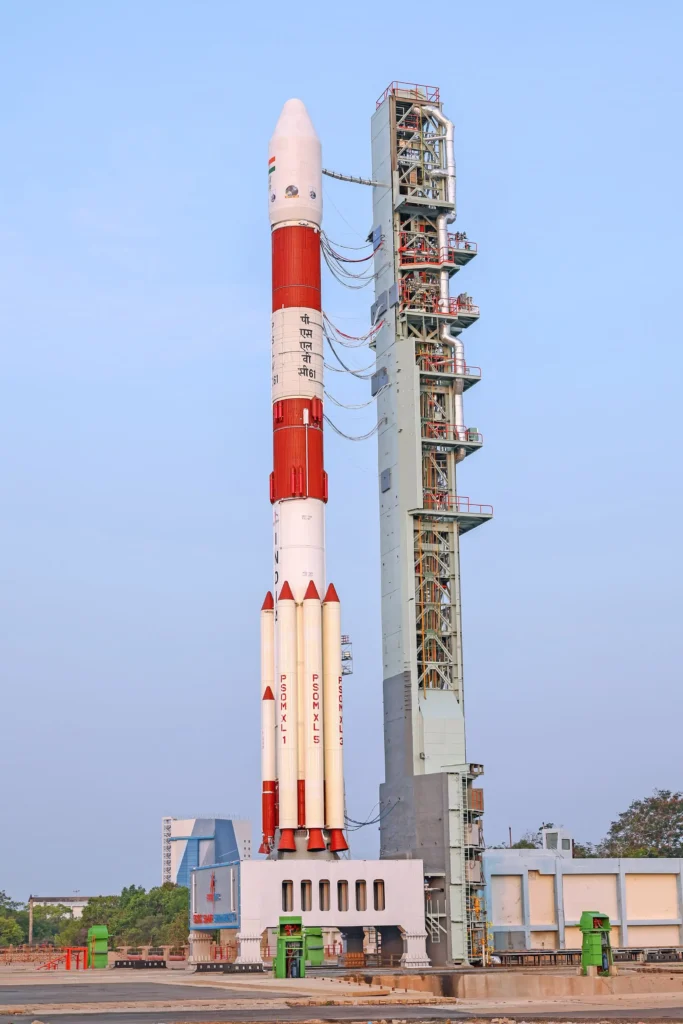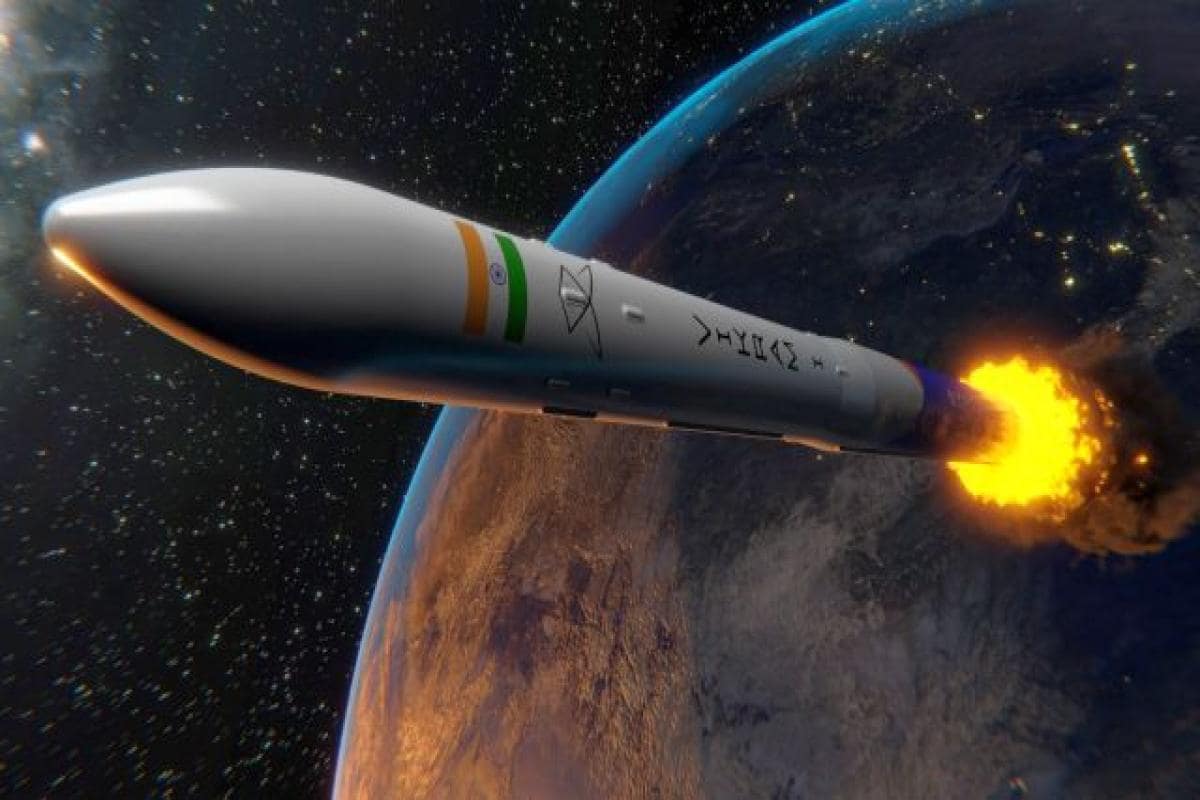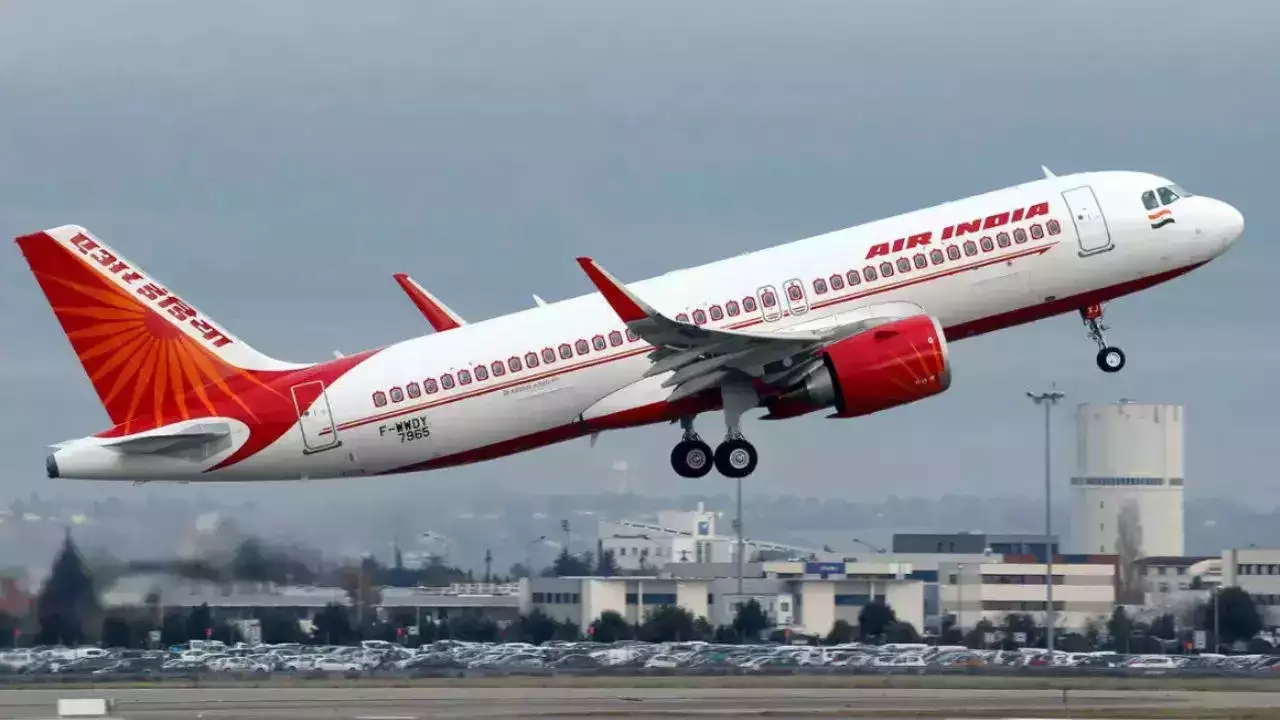On the quiet morning of May 18, 2025, all eyes turned toward the skies above Sriharikota. The Indian Space Research Organisation (ISRO) was poised to launch PSLV-C61, a mission that carried the high-profile satellite EOS-09 — also known as RISAT-1B.
Expected to be another milestone in ISRO’s impressive legacy, this mission quickly turned from anticipation to disappointment. Instead of celebrating another success, ISRO and space enthusiasts found themselves grappling with a rare failure.
So, what happened? Why did PSLV-C61 fail? And why was EOS-09 such a critical mission?
🌍 What Was the PSLV-C61 / EOS-09 Mission?
At the heart of this mission was EOS-09 (RISAT-1B) — an advanced Earth observation satellite equipped with C-band Synthetic Aperture Radar (SAR).
In simple terms, EOS-09 could take high-resolution images of Earth regardless of weather or light conditions — day or night, rain or shine. It was designed to “see” through clouds, darkness, and fog, making it a valuable surveillance and monitoring tool.
🌐 Key Applications of EOS-09:
- Monitoring crop health and agricultural activity
- Tracking floods, landslides, and other natural disasters
- Supporting urban planning and infrastructure development
- Enhancing strategic surveillance, especially in border areas
This satellite was meant to be a powerful eye in the sky, supporting everything from disaster management to national security.


🚀 The Launch Day: A Promising Start
The PSLV-C61 rocket lifted off smoothly from the Satish Dhawan Space Centre, with the initial stages of the flight performing flawlessly. ISRO’s reliable workhorse seemed to be on another path to success.
But trouble struck during the third stage.
⚠️ What Went Wrong?
As the third stage ignited — powered by solid fuel — engineers noticed a sudden drop in internal pressure in the rocket motor. This wasn’t a small issue.
Why Pressure Matters:
Pressure is crucial for generating thrust in rocket propulsion. A sudden drop means that:
- Fuel may not be burning properly
- There could be a structural fault or crack in the motor casing
Because of this pressure anomaly, the rocket failed to reach its intended orbit, and the mission had to be aborted mid-flight. Unfortunately, EOS-09 was lost.
ISRO Chairman S. Somanath confirmed that a technical fault in the third stage caused the mission’s failure.
🛰️ Why EOS-09 Was So Important
EOS-09 wasn’t just another satellite — it was a strategic asset. Its SAR capability offered real-time Earth observation under the most challenging conditions.
What India Lost with EOS-09:
- Disaster preparedness: Early detection of floods, cyclones, and landslides
- National security: Monitoring sensitive border and coastal areas
- Agricultural & water management: Guiding farmers and policymakers
- Climate research: Observing deforestation, glacial melt, and more
The failure delays India’s efforts to expand its radar imaging satellite fleet at a time when space-based surveillance and climate monitoring are more crucial than ever.
🔍 What Happens Next?
ISRO has already initiated an investigation. A Failure Analysis Committee has been formed to determine the exact cause of the third-stage malfunction.
These reviews involve:
- Hardware inspection
- Flight data analysis
- Simulations and modeling
Though disappointing, ISRO is known for learning from setbacks. Global space agencies like NASA and SpaceX have faced — and overcome — similar challenges.
📚 A Look Back: How Rare Are ISRO Launch Failures?
The Polar Satellite Launch Vehicle (PSLV) is often called India’s workhorse rocket, and with good reason.
Since its debut in 1994, PSLV has completed over 60 missions with only three failures:
| Mission | Year | Cause of Failure |
|---|---|---|
| PSLV-D1 | 1993 | Guidance system failure |
| PSLV-C39 | 2017 | Heat shield failed to separate |
| PSLV-C61 | 2025 | Third-stage pressure anomaly |
That’s an exceptional record — one of the best in the world.
✨ In Conclusion: Setbacks Fuel Progress
The PSLV-C61 failure is undeniably a setback, especially considering the strategic value of EOS-09. But in the realm of space exploration, failures are not the end — they’re part of the journey.
Each setback brings:
- Stronger designs
- Better systems
- Sharper precision
ISRO has bounced back before — and will do it again. The organization’s spirit of innovation, resilience, and determination remains unshaken.
As we await ISRO’s next liftoff, one thing is certain: India’s journey to the stars is far from over.
More From Infonix:
- The Shocking Story of Jyoti Malhotra: How a Popular Blogger Became a Threat to National Security
- 10 Best Places to Visit in Singapore – Your Ultimate Travel Guide
- New York: Top 9 Tourist Attractions in New York Must-Visit Spots in the Empire State



